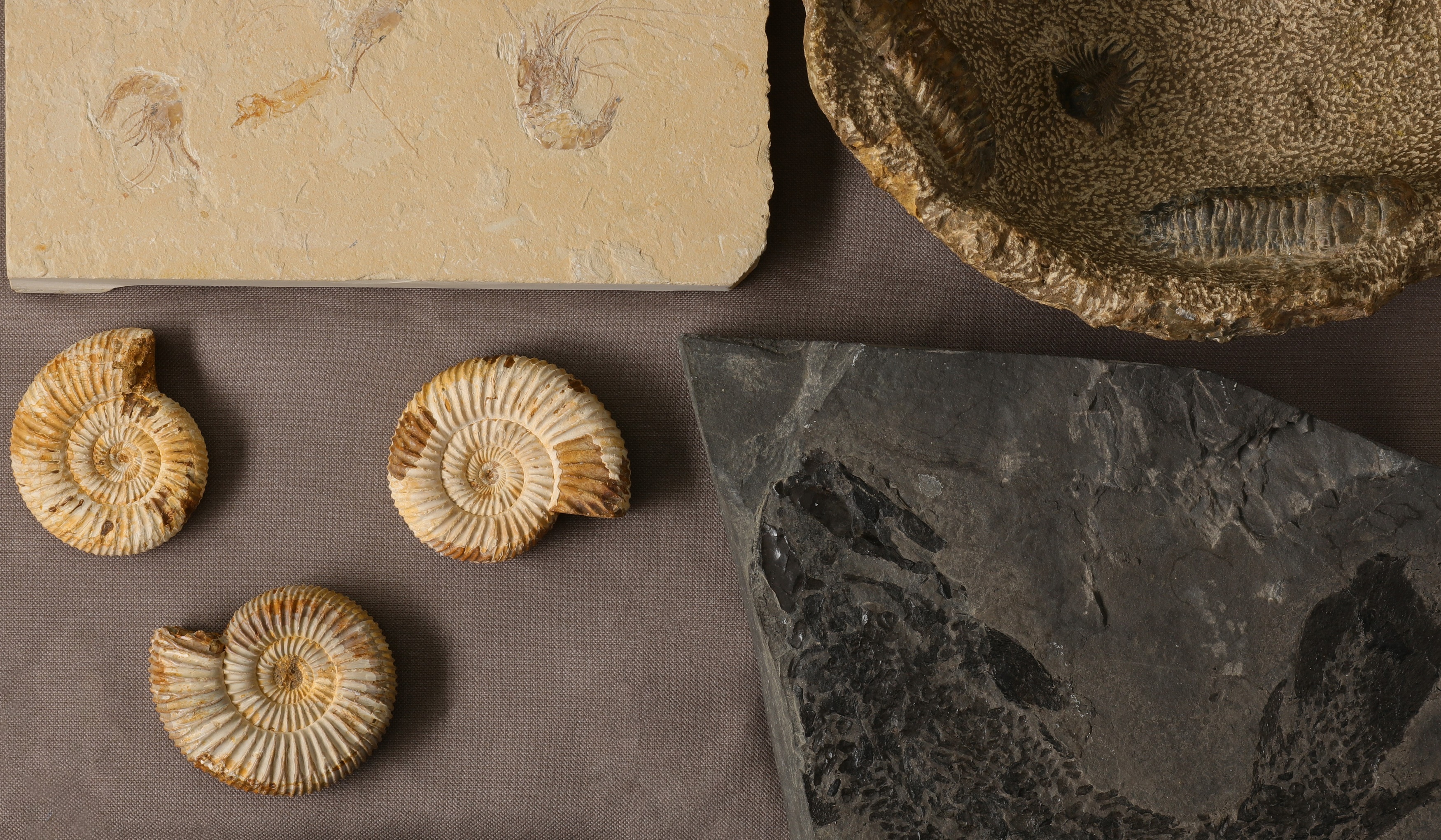

02/04/2020 Chiswick Curates, European Works of Art & Clocks, Design & Interiors
Cabinets of curiosity told a story. Individually, collectively, and most importantly, they told a story about the person who assembled them. These early collections began within actual cabinets but often expanded to fill entire rooms. Known as Wunderkammer or ‘wonder rooms’, they were viewed as a microcosm of the universe.
Their contents spanned natural history, ethnography, religious relics, antiquities and scientific specimens. One might find mummified or pickled creatures, fossils, plant life, bones, and even entire taxidermied animals such as crocodiles or birds from distant lands. These collections were not only eclectic; they were designed to spark conversation, inspire awe and demonstrate the collector’s grasp of a vast and expanding world.
Two key aspects defined the people who created these collections. First, the focus on natural and found objects made it relatively affordable to build a collection. This allowed a new class of middle-ranking collectors to emerge, capitalising on global exploration, trade and, historically, colonisation. Second, a cabinet of curiosities served as a form of self-expression. A well-curated display enhanced the owner’s social standing and intellectual reputation, offering insight into their tastes, beliefs and worldly interests.
One of the earliest and most influential examples is the Tradescant collection. John Tradescant the Elder (c.1570 to 1638) and his son, the Younger, were gardeners, explorers and collectors. Their collection, housed at their Lambeth home and famously called ‘The Ark’, included everything from carved fruit stones and whale ribs to a “mermaid’s hand” and a “natural dragon two inches long”. The Ark became one of the first private museums, with the public invited to view its treasures.
The collection eventually passed to Elias Ashmole, who donated it to the University of Oxford. This gift formed the foundation of the Ashmolean Museum, the world’s first purpose-built museum, where it helped to establish a new age of institutional collecting.
Another early English collector was Sir John Bargrave, whose Cabinet of Curiosities survives intact at Canterbury Cathedral. He travelled across Europe from the 1640s, documenting his journeys and acquiring natural oddities. Among them was a chameleon he tried to keep as a pet. Sadly, it did not survive the voyage, but it was preserved by the ship’s surgeon and remains in Bargrave’s collection today, its tail still curled in a jaunty pose.
As the 17th century gave way to the Enlightenment, the scientific urge to classify and organise began to overshadow the curiosity-driven collecting style. Museums became more systematic, categorising items by type. The imaginative wonder rooms fell out of fashion, replaced by order and taxonomy.
To learn more or to request a free valuation of your own curious and extraordinary items, please contact our Interiors, Homes & antiques department or use our Online Valuation form.